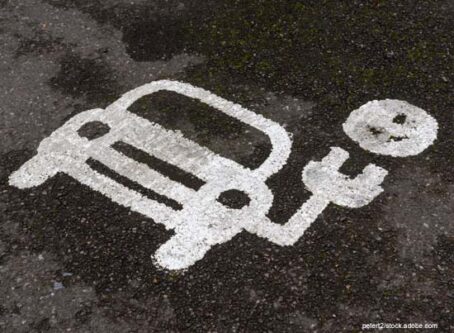Jacobs, Tula to collaborate cutting diesel exhaust, consumption
Jacobs Vehicle Systems, maker of the Jake Brake, says it will collaborate with a Silicon Valley firm to further develop its cylinder deactivation system to reduce diesel fuel consumption and exhaust emissions, and deliver smoother operation for drivers.
Jacobs said its cylinder deactivation (CDA) technology for medium- and heavy-duty diesels, announced in 2018, will be enhanced by Tula Technologies, developer of the Dynamic Skip Fire system. DSF is used by major builders of gasoline engines to reduce fuel burn and emissions.
“Vehicle manufacturers are looking for new and improved technologies to comply with stricter legal limits on CO2 and NOx emissions,” Robb Janak, director of new technology for Bloomfield, Conn.-based Jacobs, said in a news release. “New (government) test measures, such as Real Driving Emissions and CARB Low Load Cycle for heavy duty trucks, are encouraging the adoption of smarter technologies that address these requirements.
“Cylinder deactivation is a great solution, technically proven and cost effective.”
The company’s High Power Density engine brake disables the opening of the intake and exhaust valves, Janak said. When this is combined with disabling injection, multiple cylinders can be deactivated as needed. At low engine loads, with three of six cylinders deactivated, fuel consumption can be improved by up to 20%.
Jacobs’ CDA also reduces emissions by increasing exhaust temperatures. High temps are needed for effective operation of aftertreatment equipment, including selective catalytic reduction that used diesel exhaust fluid. CDA works even when the engine is in idle or low load operation, Janak explained. CDA also speeds engine warm-up and minimizes the cooling effect of aftertreatment during coasting.
Jacob’s CDA technology was introduced in September at the IAA Commercial Vehicles trade fair in Hannover, Germany.
Tula’s infinitely variable cylinder deactivation system makes continuous firing decisions based on how much torque is requested by the driver through the accelerator pedal, John Fuerst, Tula’s senior vice president of engineering, said in a news release. Using advanced digital signal processing and software selectively chooses which cylinders will be activated or deactivated, thus reducing or increasing displacement.
When more torque is required, the firing density increases, and when there is less demand for torque, firing density decreases, he said. This reduces fuel consumption of gasoline engines by 6-15 percent in real-world drive cycles.
The collaboration with Jacobs will augment development of the deactivation hardware for diesel engines. Fuerst said Tula’s control system also controls noise, vibration and harshness, delivering smooth operation for the driver.









